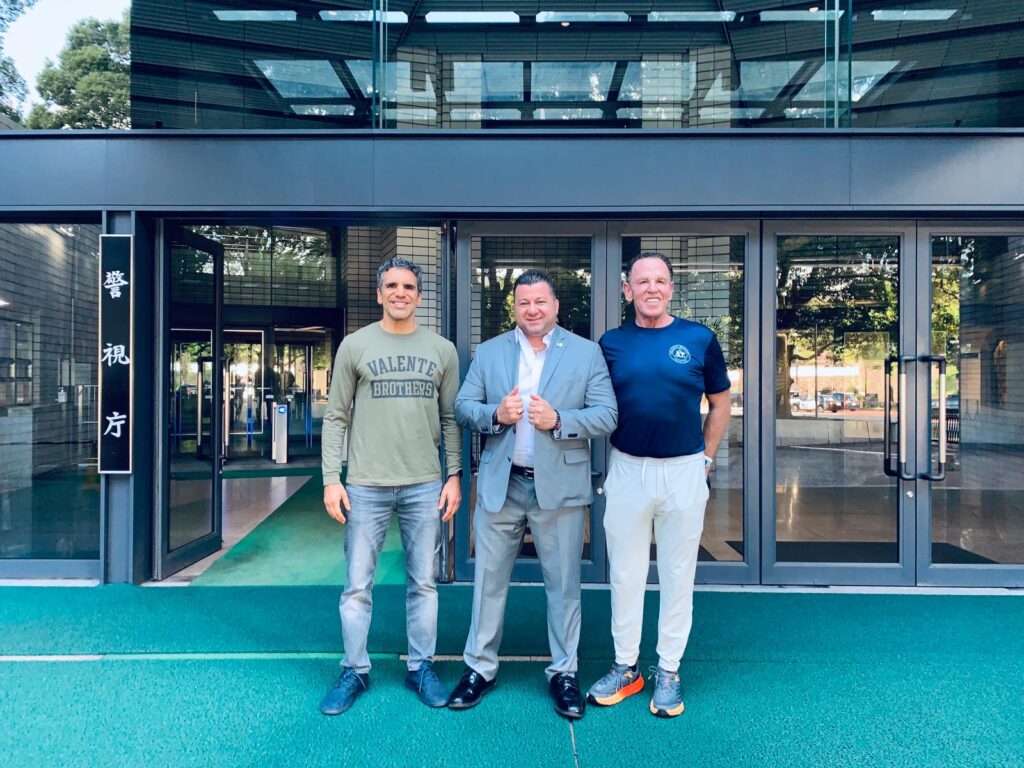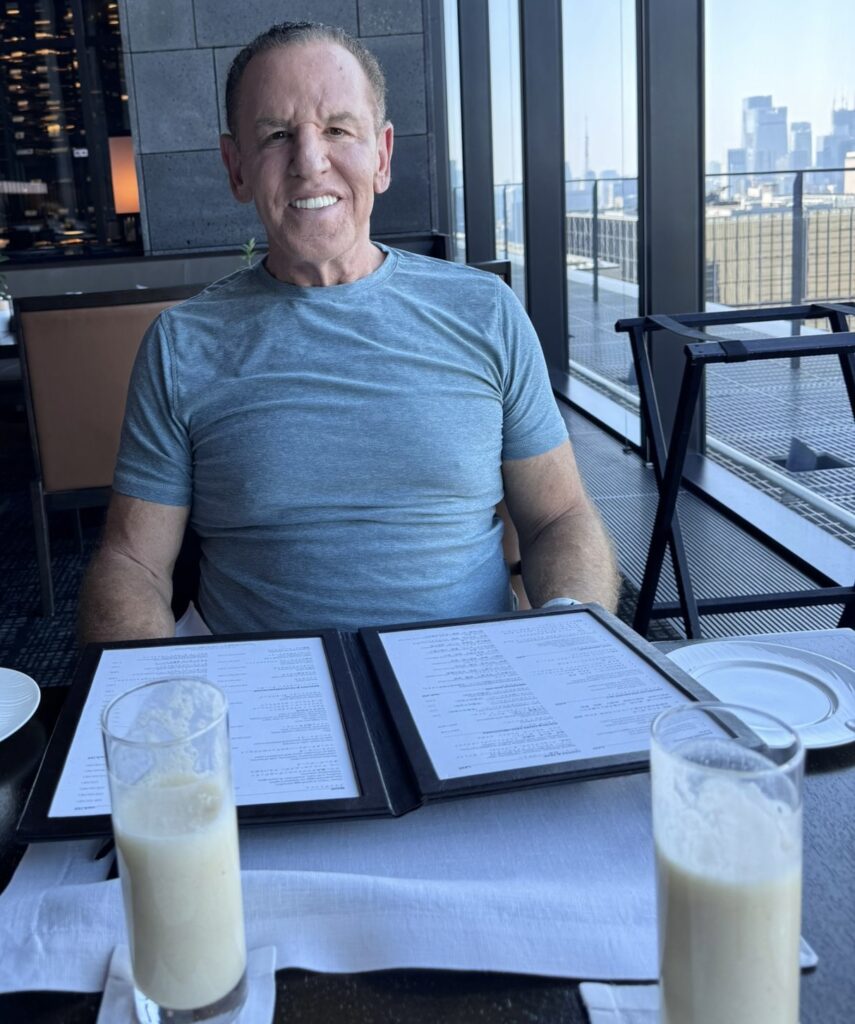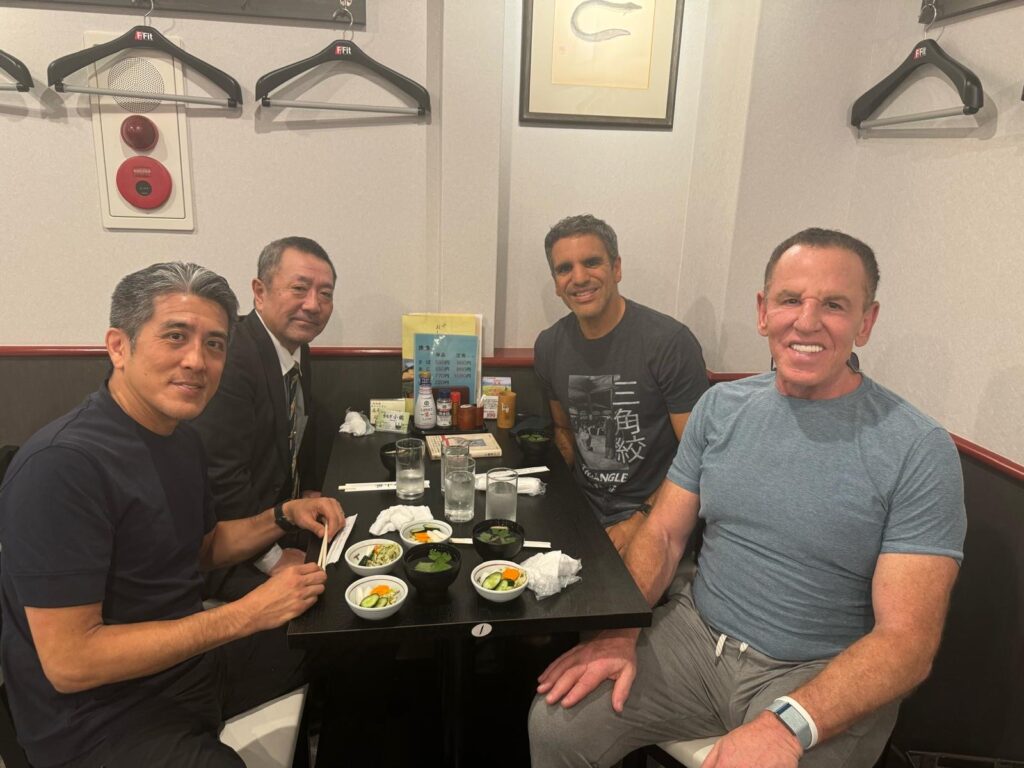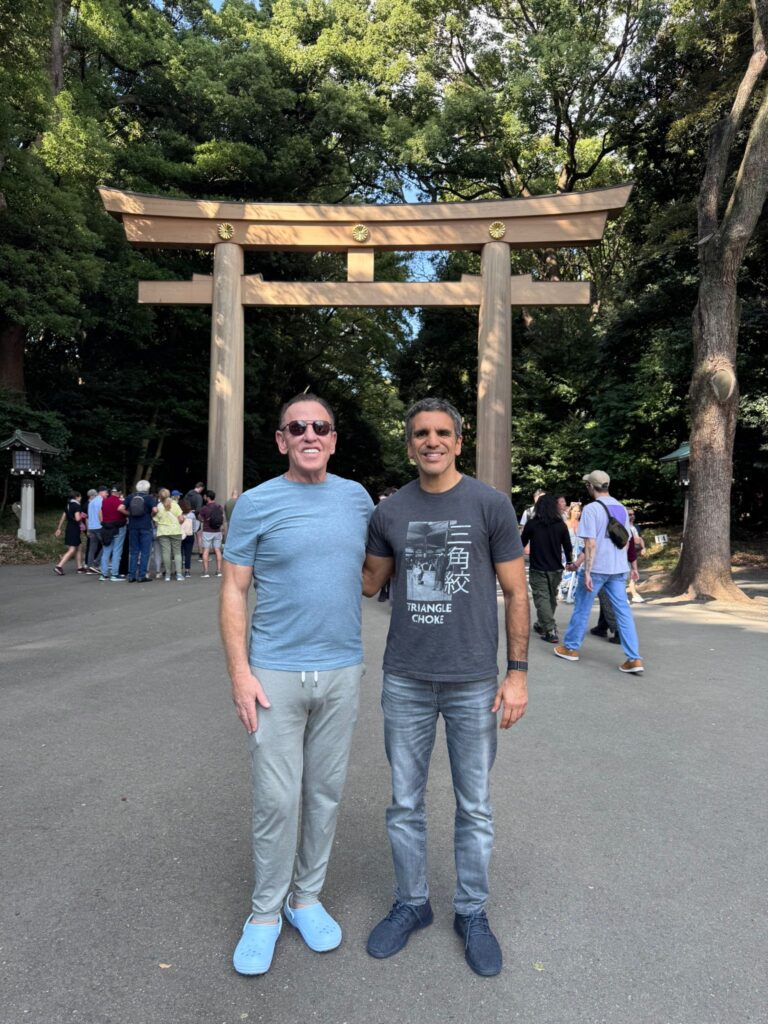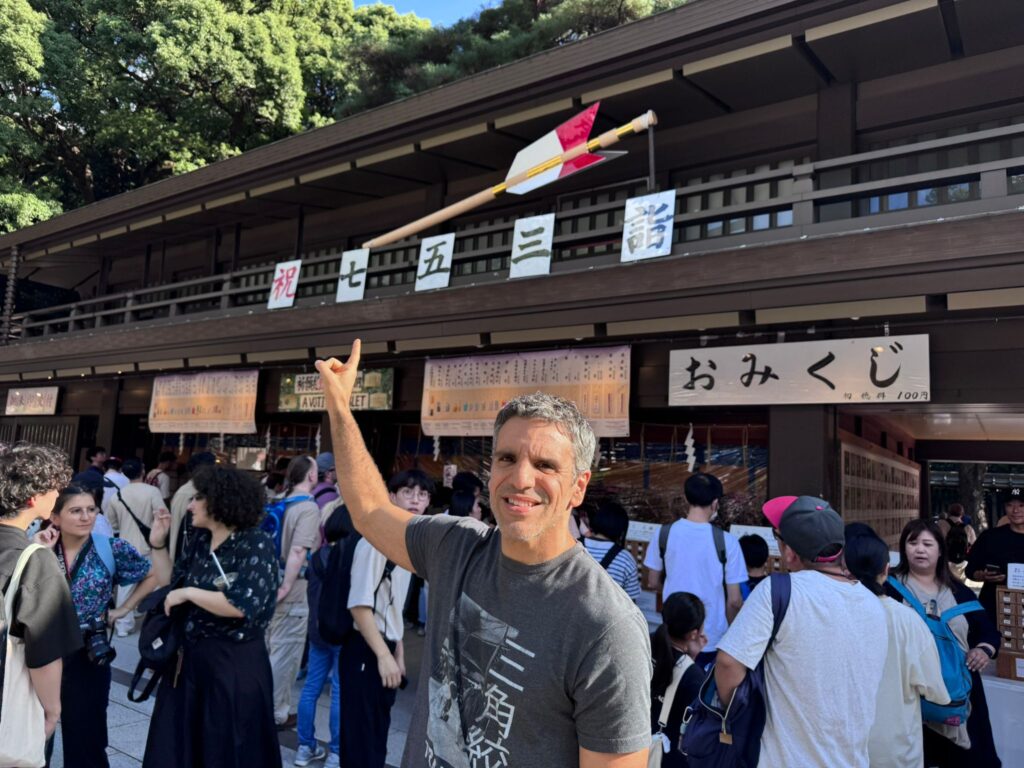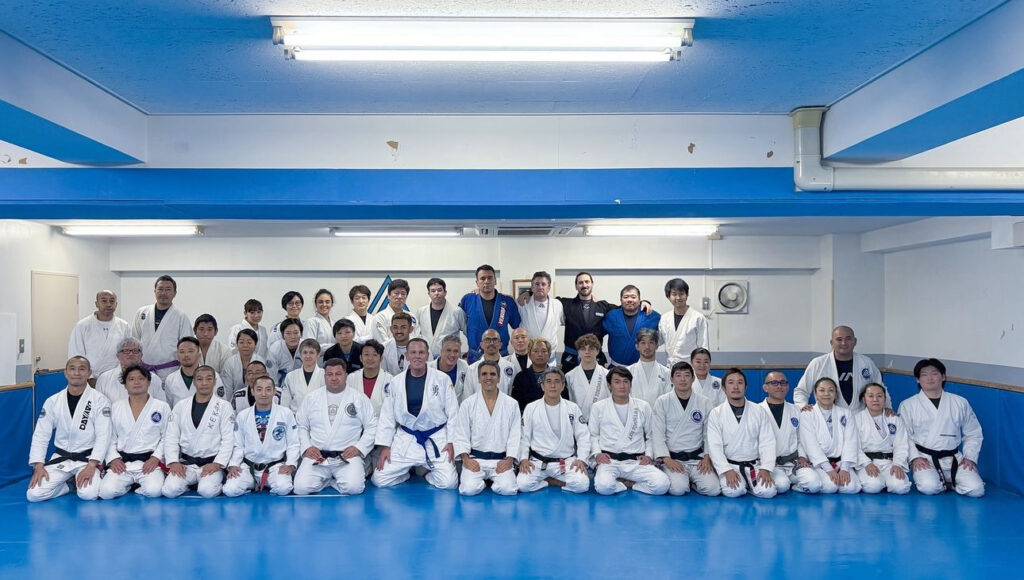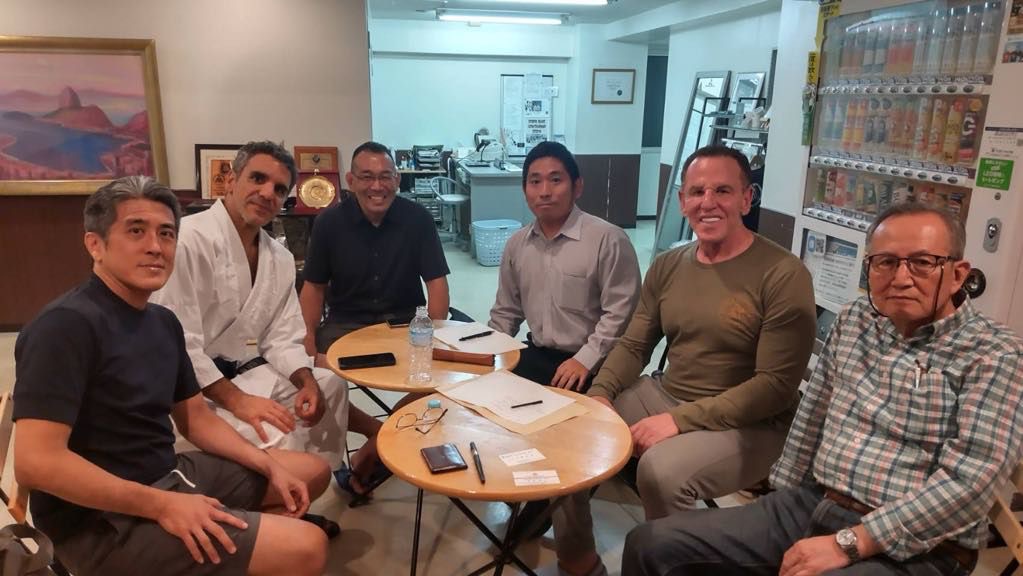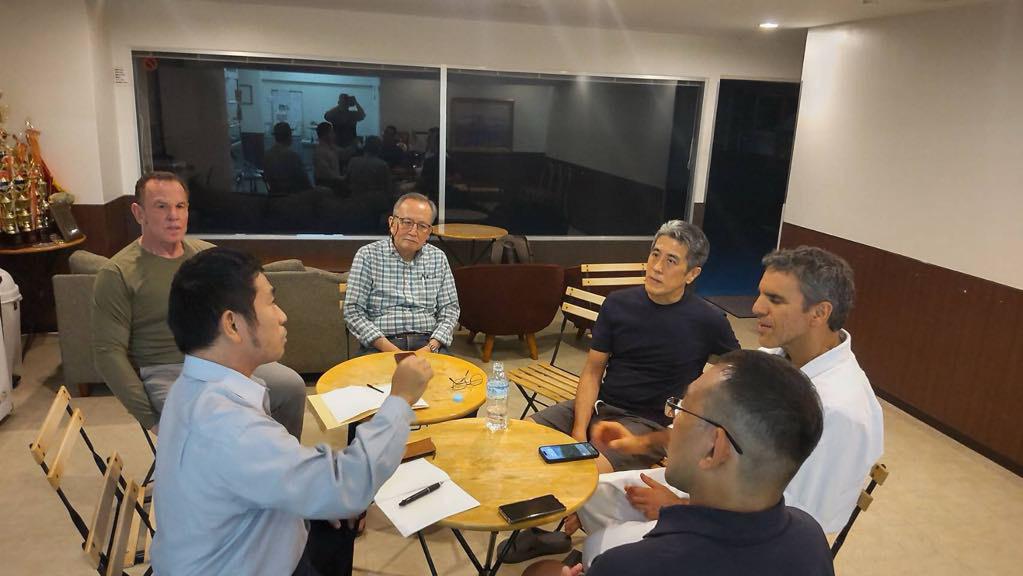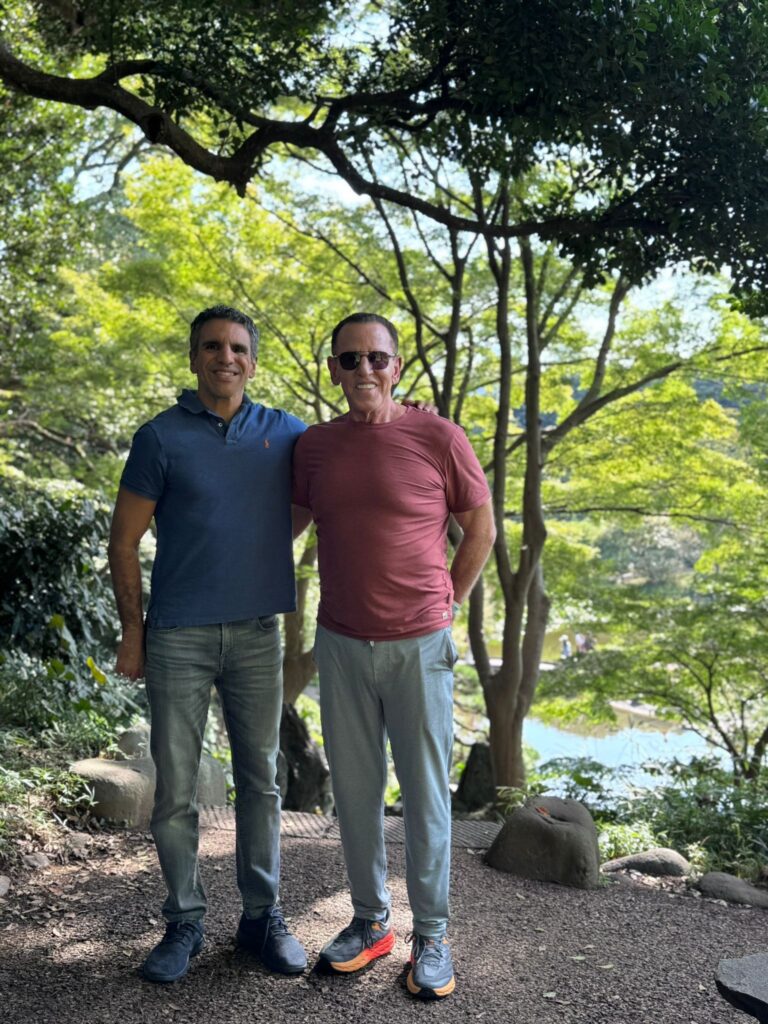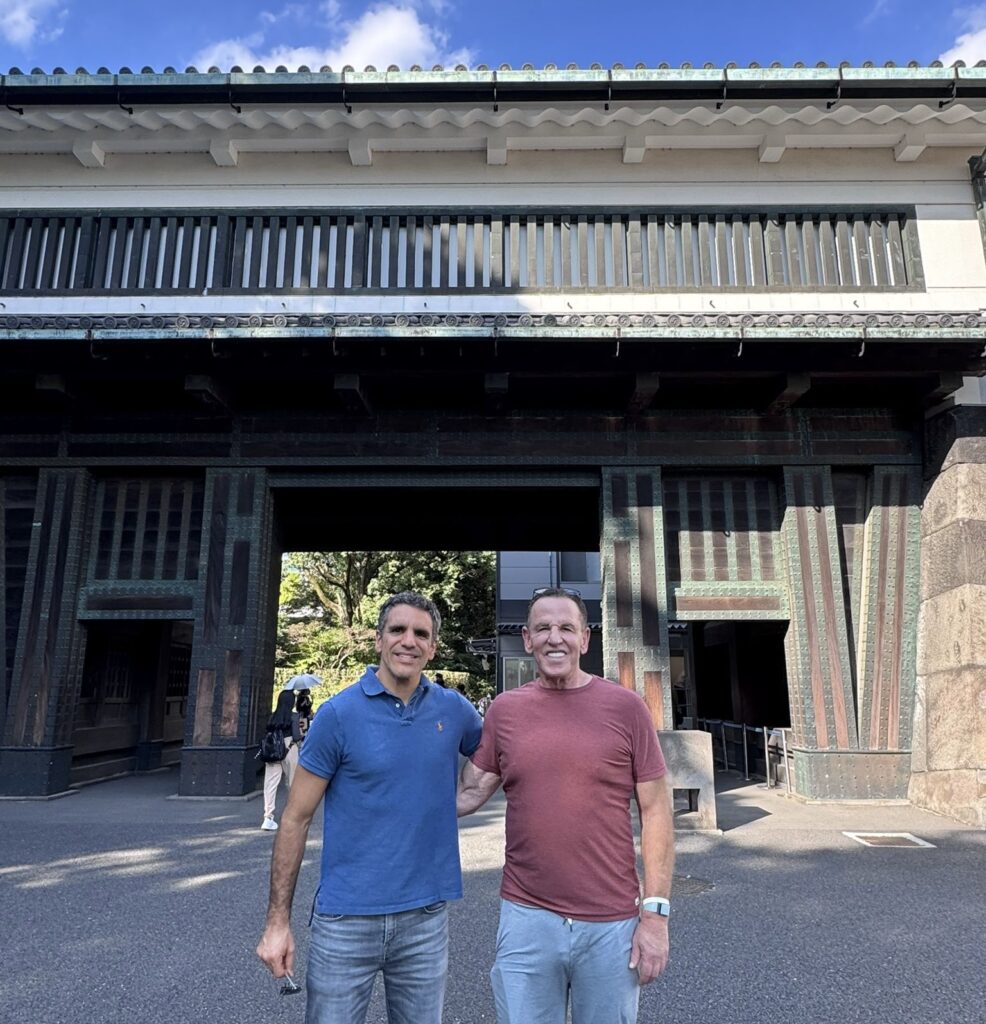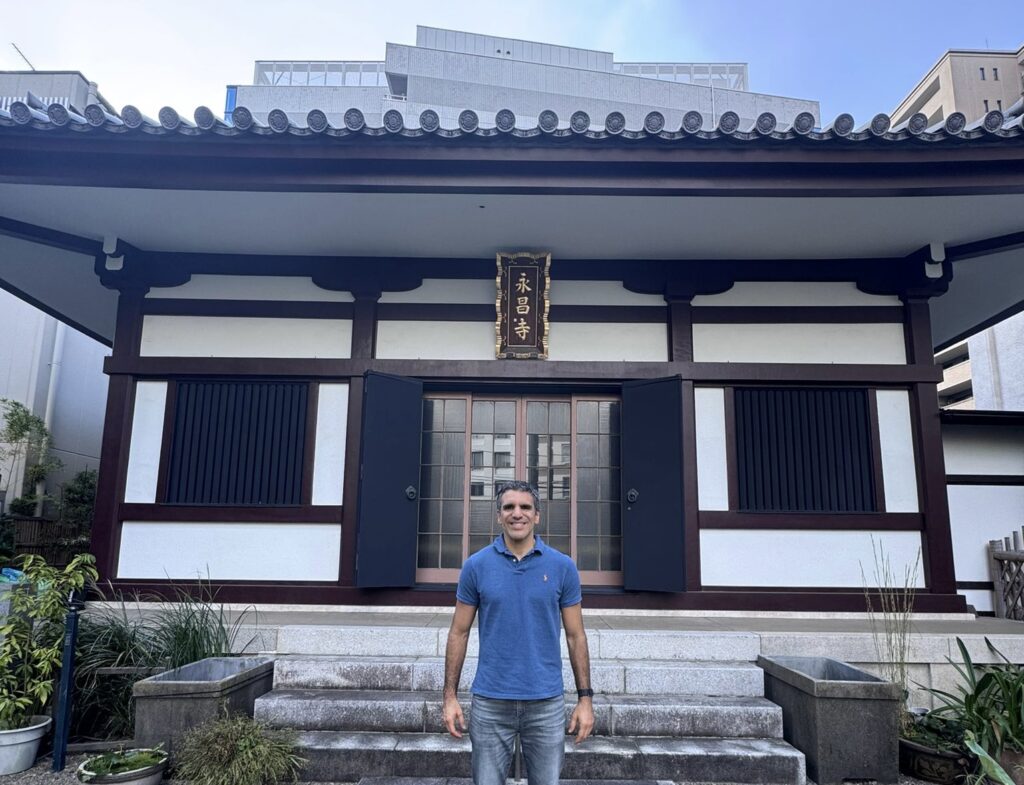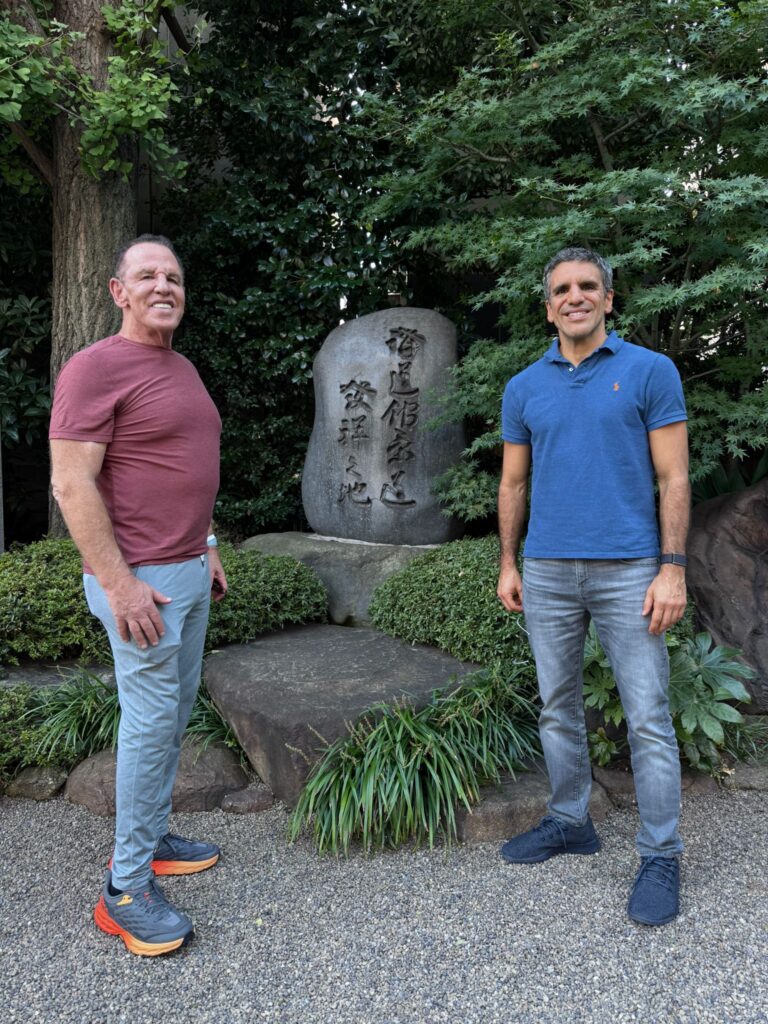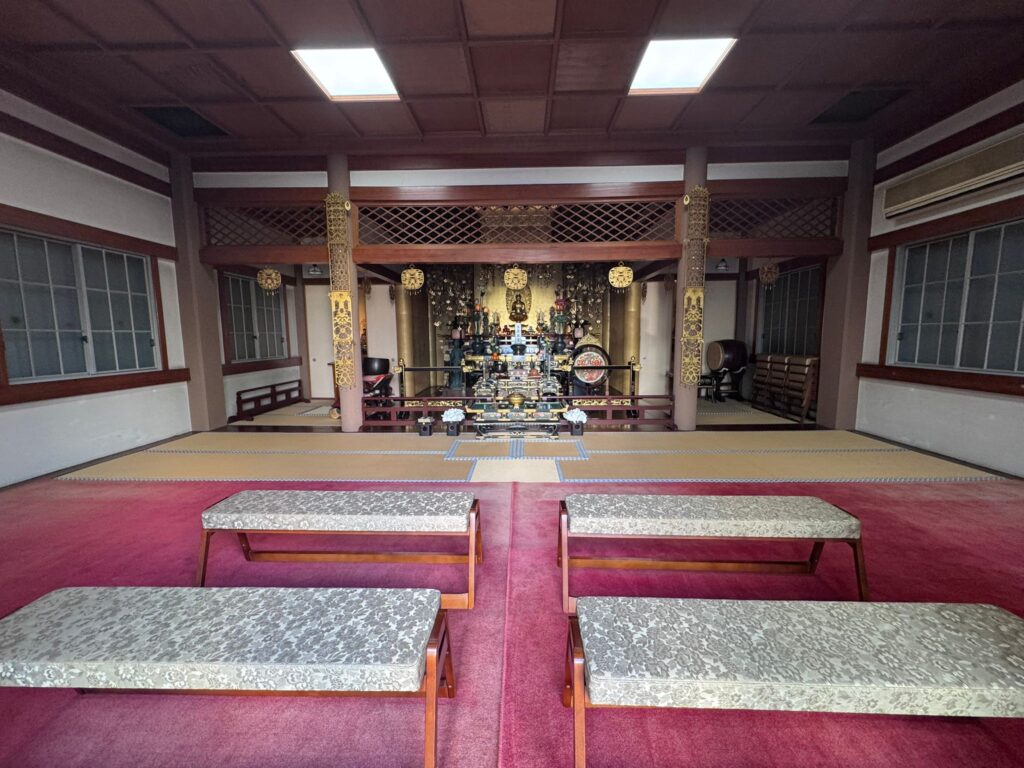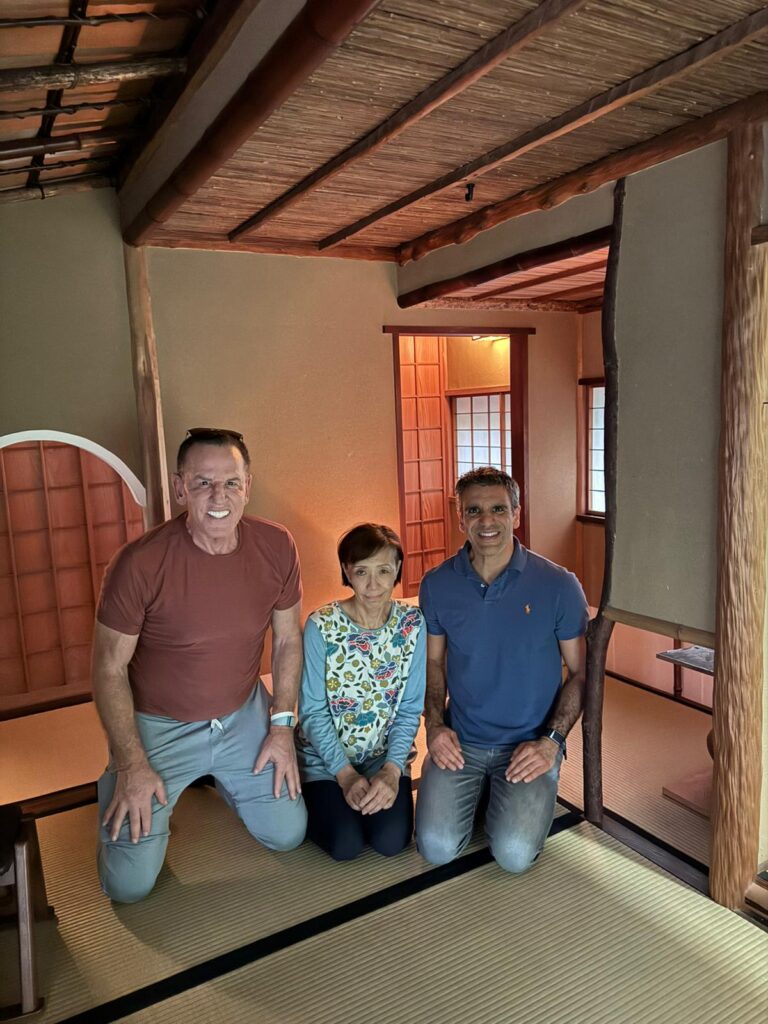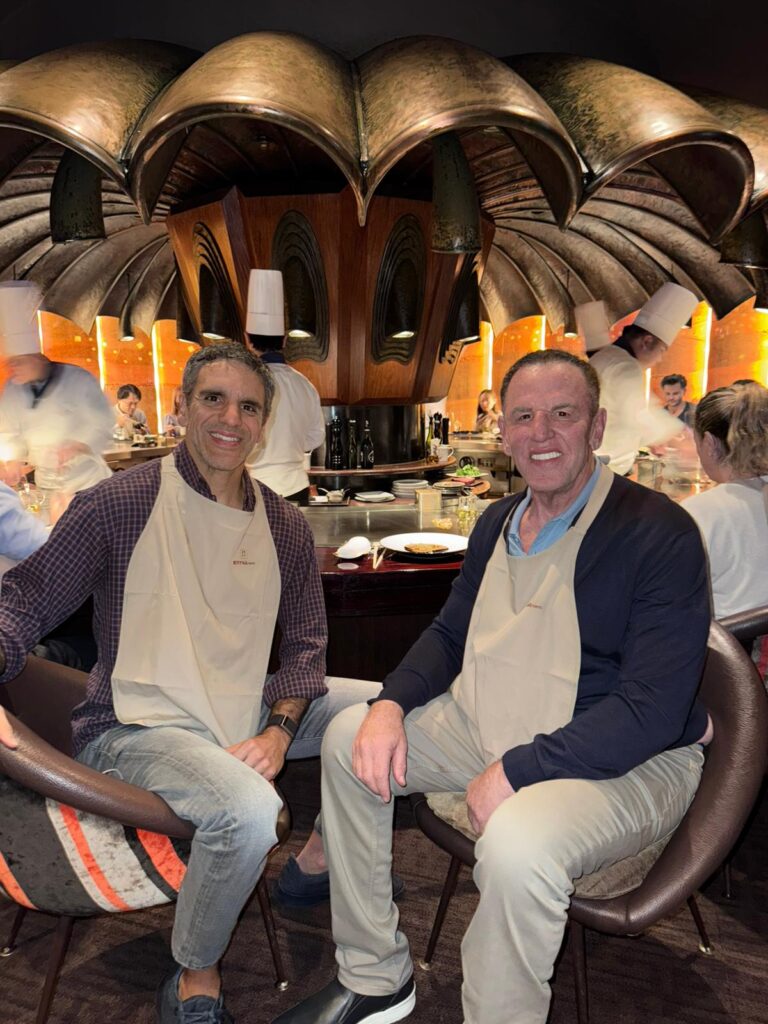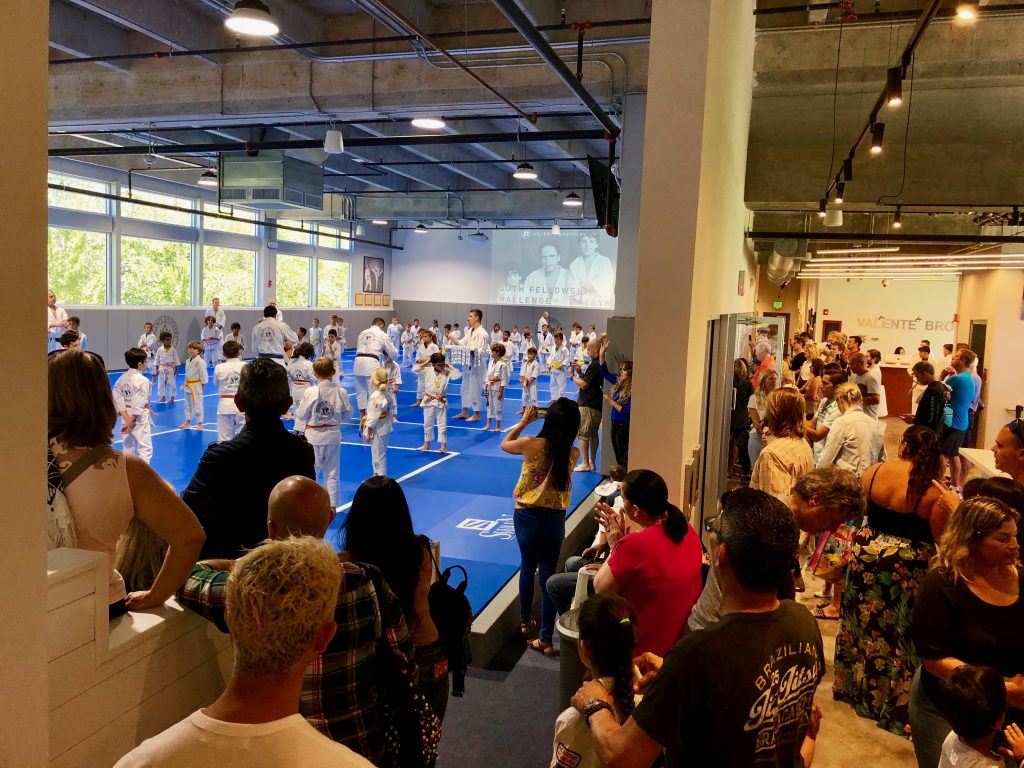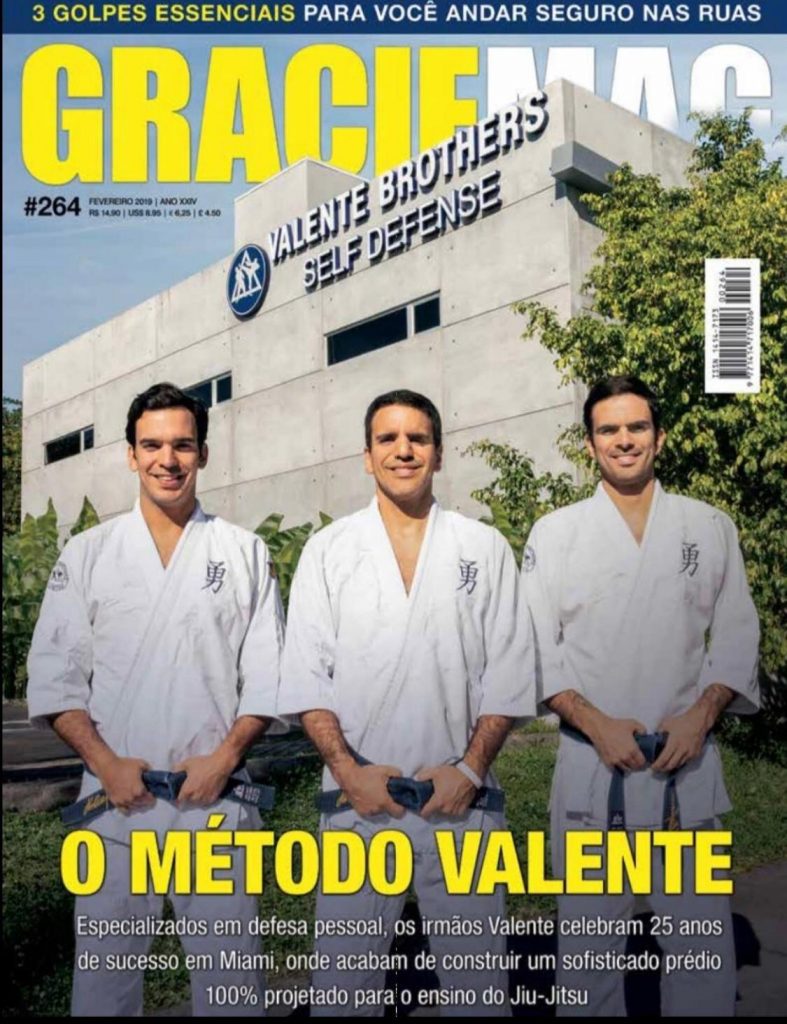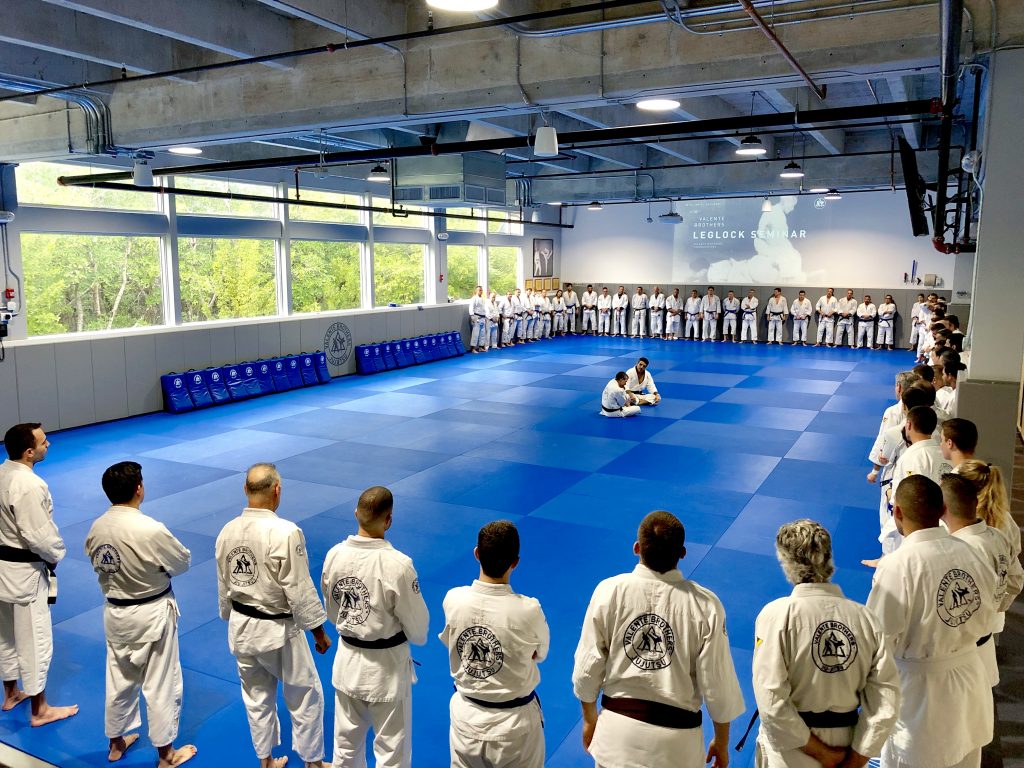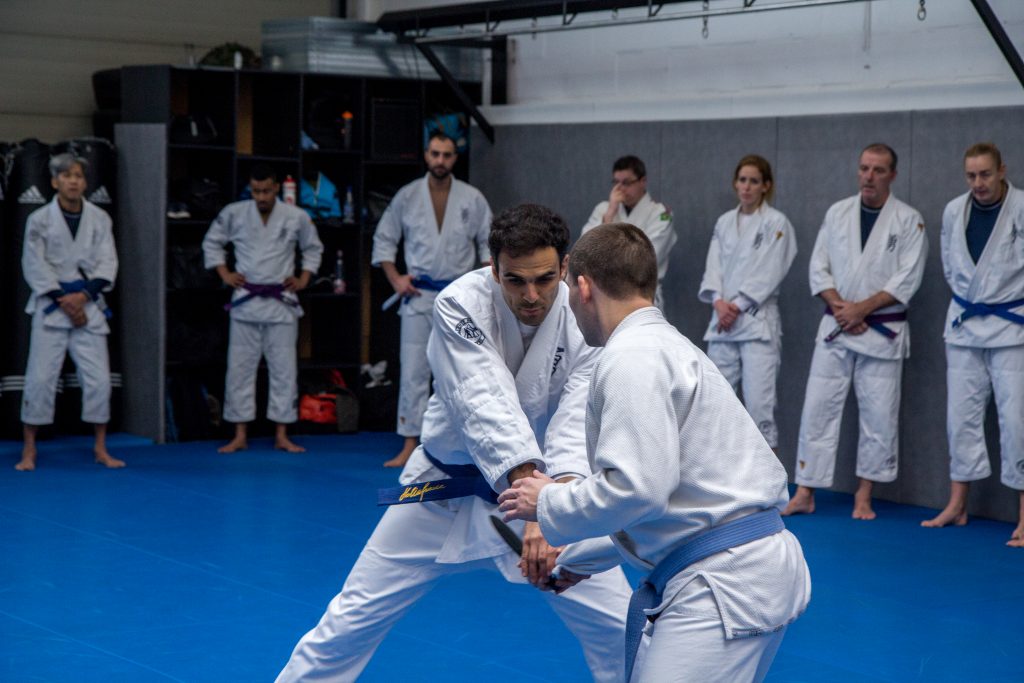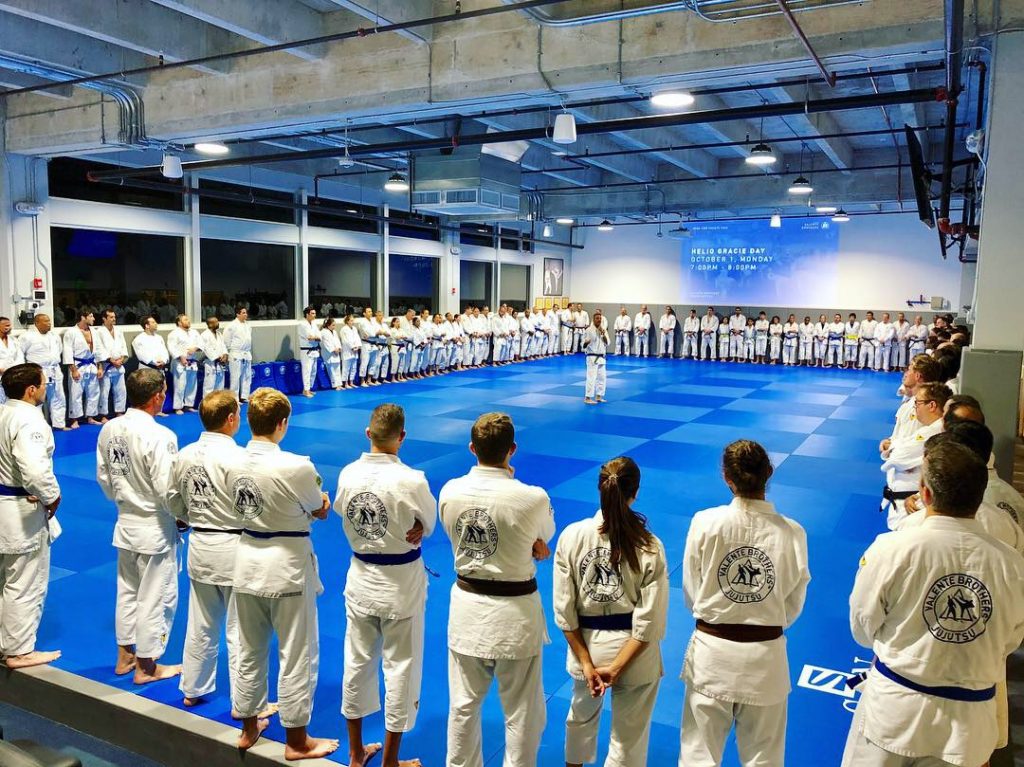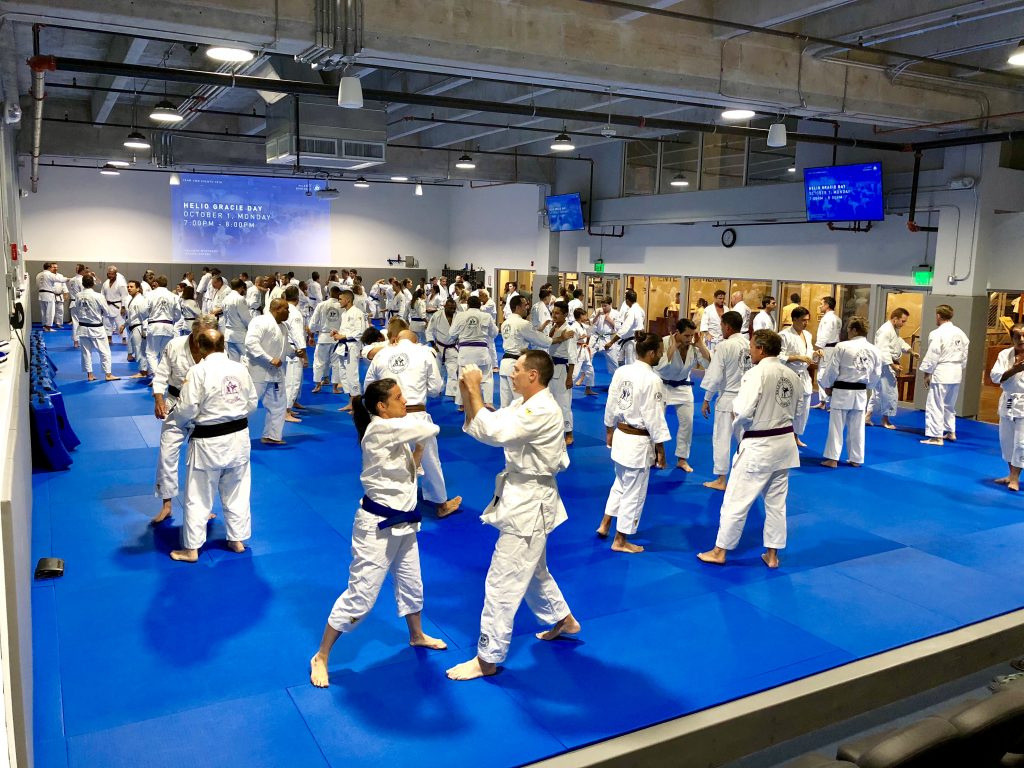The day began with breakfast and a workout at the Aman Hotel. After their morning routine, Pedro and Ted were invited to the Tokyo Police Department for a visit and tour. They were hosted by Special Agent Sorci, the defensive tactics instructor at the academy and a black belt under Sensei Takamasa Watanabe. During the visit, Special Agent Sorci extended an incredible honor by inviting Pedro to teach a Valente Brothers seminar at the historic Tokyo Police dojo.

Following their time at the academy, Pedro and Ted returned briefly to the hotel before heading to Axis Jiu-Jitsu Academy. There, Ted received a private lesson from Pedro, with both Sensei Watanabe and Special Agent Sorci observing. After Ted’s lesson, Pedro conducted a special training session for both Sensei Watanabe and Special Agent Sorci. The focus of the session was a review of the self-defense curriculum, with an exchange of valuable insights. Special Agent Sorci’s strength and skill allowed Pedro the opportunity to experiment with some defensive techniques against a fully resisting opponent.
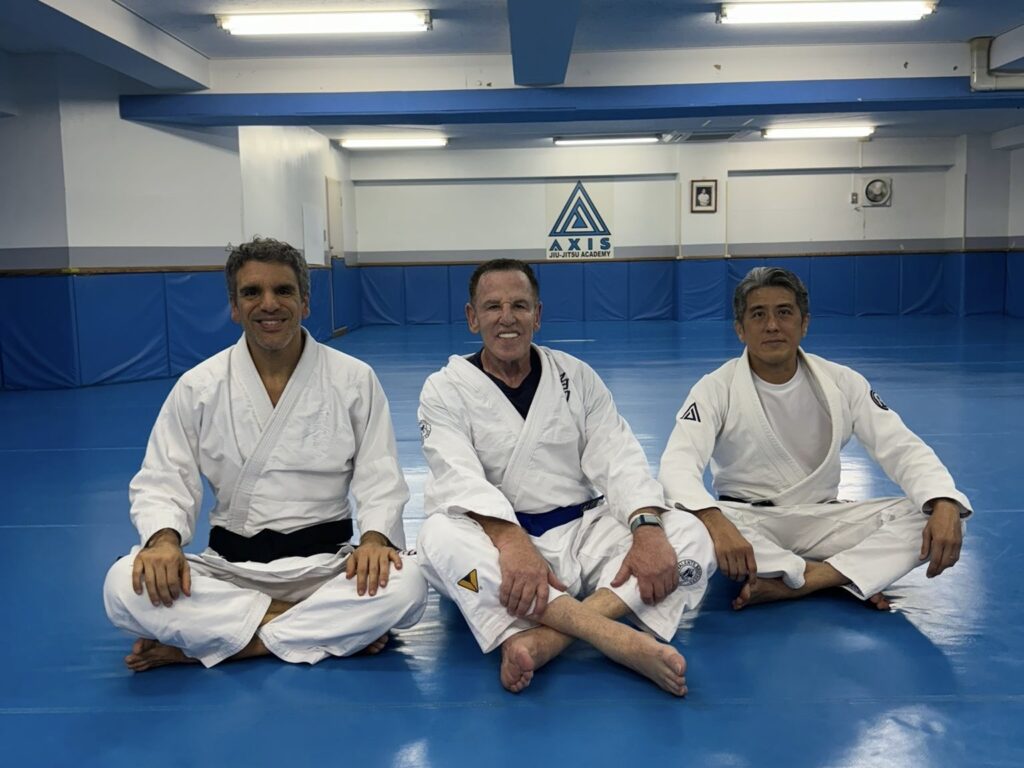
Pedro and Ted expressed their deep gratitude for the warm hospitality extended by both Sensei Watanabe and Special Agent Sorci, appreciating their generosity and openness throughout the last few days.
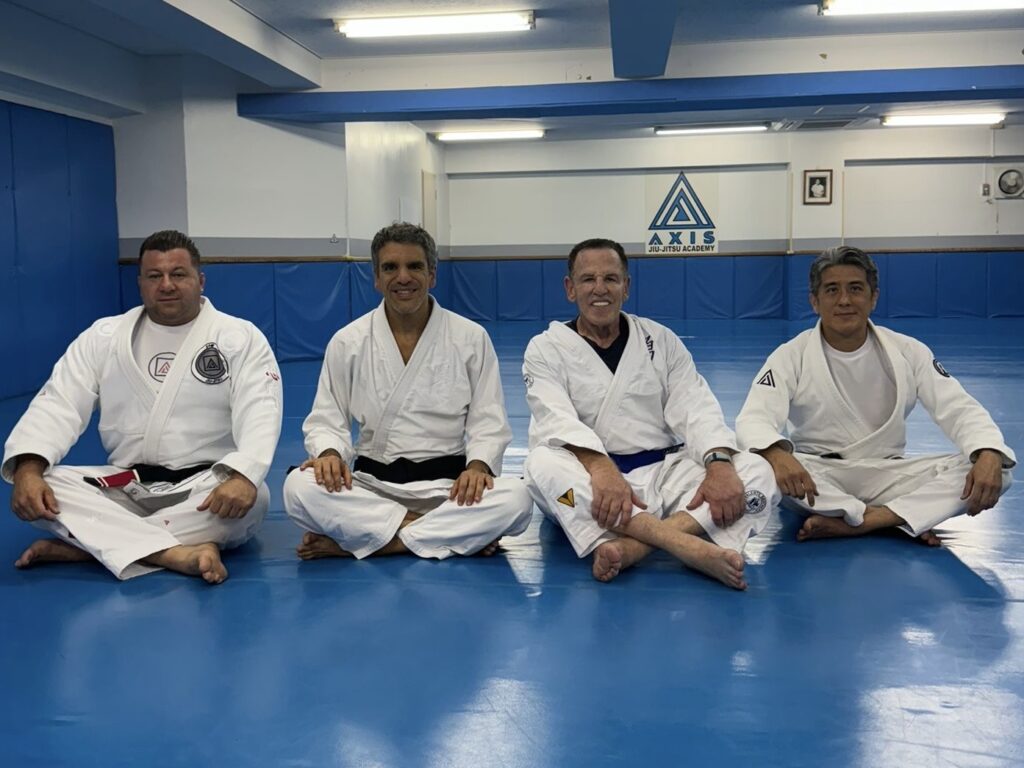
To conclude the day, the group headed to Roppongi for another teppanyaki-style dinner, where they shared stories and reflected on the day’s experiences. As the evening came to a close, Pedro and Ted returned to the hotel to pack up, preparing for their journey to Kyoto by train the following morning.
